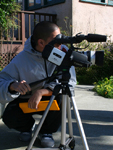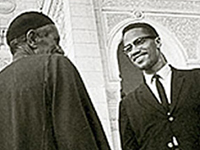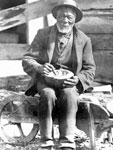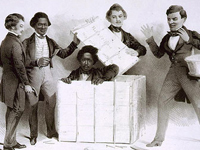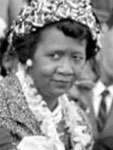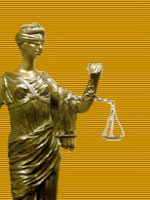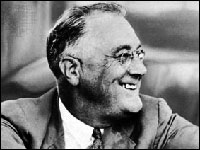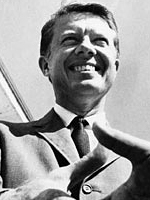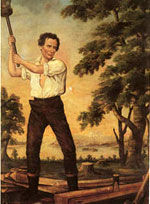Top Documentary Films

Top Documentary Films consists of a collection of more than 1800 documentaries pulled from upload sites around the web. The owner of the site claims to avoid linking documentaries which exist solely to defame individuals or organizations, suggesting that this documentary collection may contain fewer sensational works than other similar sites.
Documentaries are parceled into categories, including 9/11 and history. Guests can also run a keyword search if there are seeking films on a specific subject.
Watch a series on American art, biographies of Clinton or Ho Chi Minh, or a film on the conquistadors. Opportunities for classroom use abound if educators are willing to put in the time to determine if a particular film has merit and is appropriate for their students and subject.
